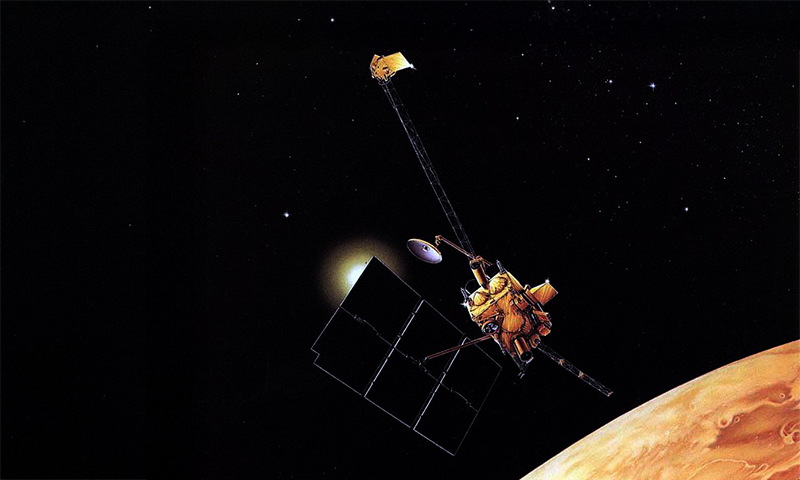Now Reading: India’s Mars Probe Falls Silent: Mission Status Unknown
-
01
India’s Mars Probe Falls Silent: Mission Status Unknown
India’s Mars Probe Falls Silent: Mission Status Unknown

Quick Summary
- NASA’s Mars Observer went silent on August 21, 1993, three days before it was set to enter Martian orbit.
- The spacecraft launched from Cape Canaveral in September 1992 and was designed to study Mars’s atmosphere, geology, and climate.
- It is suspected the probe entered a fatal tailspin due to a fuel leak or other hardware issues before contact was lost.
- Investigators noted that parts of the spacecraft were initially designed for near-Earth missions as a cost-saving measure-a decision that may have contributed to its failure.
- Mars missions face significant challenges such as:
– Landing difficulty owing to Mars’s thin atmosphere (less than 1% of Earth’s density).
– Communication delays of up to 20 minutes because of its distance (approximately 140 million miles from Earth).
– Occasional blackout periods caused by the sun blocking radio signals every two years during planetary alignment.
- These challenges have taught valuable lessons across decades of efforts in Martian exploration.
Lead Image: Illustration courtesy NASA/JPL.
Indian Opinion Analysis
The story of NASA’s missing Mars Observer highlights key realities in planetary exploration-technical hurdles, resource constraints, and the unforgiving nature of space environments. For India,which has successfully managed interplanetary missions like Mangalyaan (Mars Orbiter Mission),these points underline both achievements and future needs. While India’s Mangalyaan broke ground with its economical design tailored for near-Mars operations, this case reminds us that cost-effectiveness must not compromise mission robustness.
Additionally, as ISRO plans more ambitious ventures like Gaganyaan and moon landings following Chandrayaan successes, ensuring resilience against communication delays or failures becomes crucial-especially with growing aspirations toward manned missions in space. Strengthening engineering standards against such variables could further position India as a leading figure in global space exploration while contributing valuable insights into overcoming common planetary mission pitfalls.


























